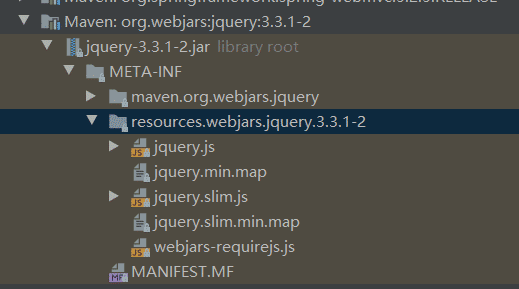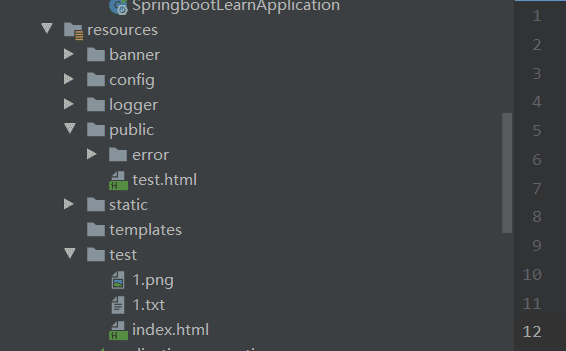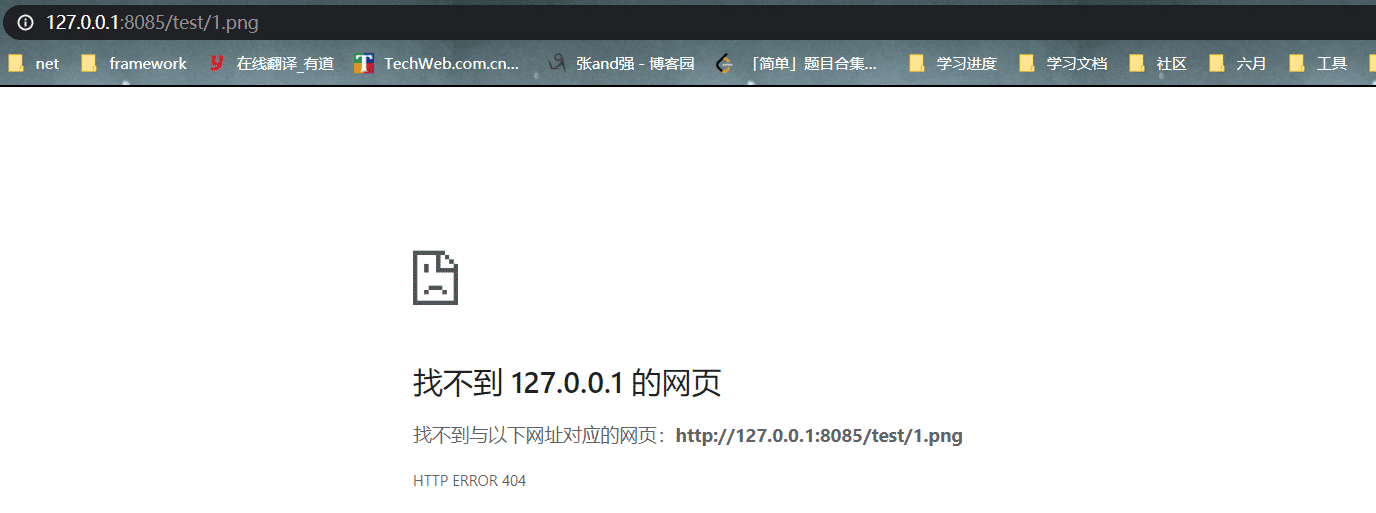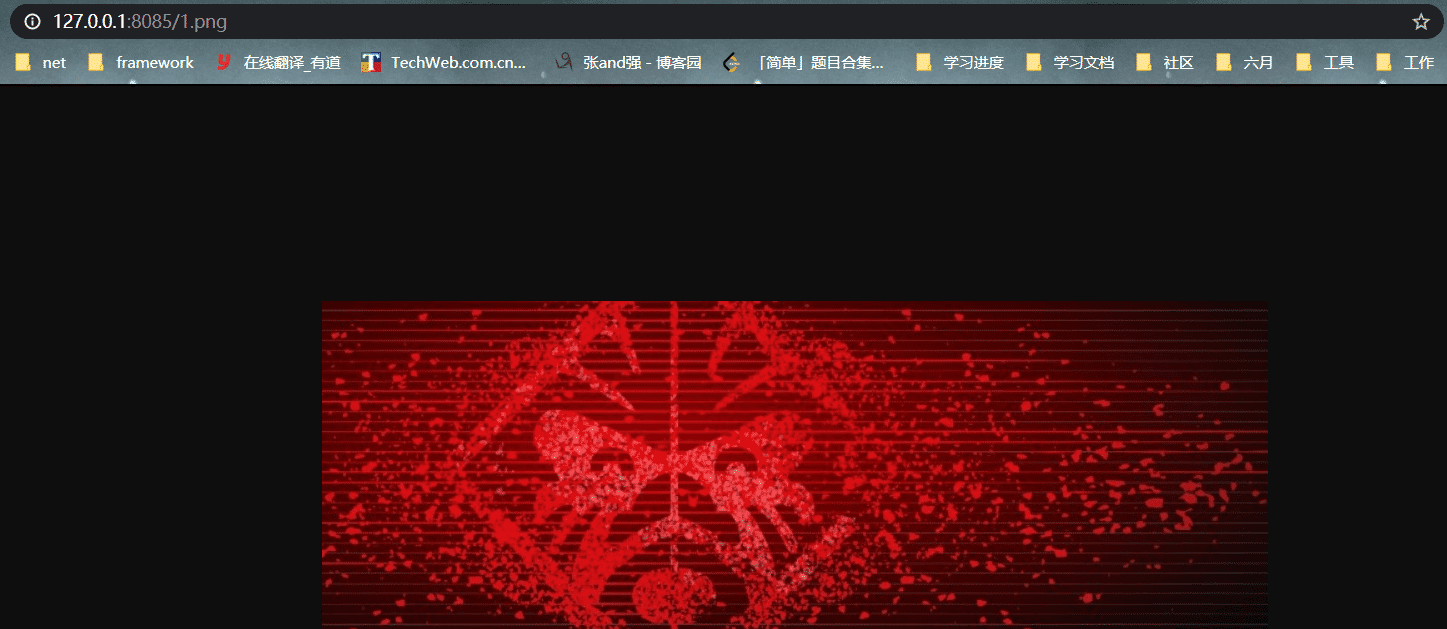Springboot静态资源访问实现代码解析
springboot静态资源加载默认是从/static(或/public或/resources或/META-INF/resources) 目录下加载静态资源。
加载的优选级别:/META-INF/resources》/resources》/public》/static
静态资源的加载源码分析(WebMvcAutoConfiguration类)
首先从WebMvcAutoConfiguration.class自动配置类部分代码来看:
//添加静态资源规则public void addResourceHandlers(ResourceHandlerRegistry registry) { if (!this.resourceProperties.isAddMappings()) {logger.debug('Default resource handling disabled'); } else {Duration cachePeriod = this.resourceProperties.getCache().getPeriod();CacheControl cacheControl = this.resourceProperties.getCache().getCachecontrol().toHttpCacheControl();//webjars依赖映射规则if (!registry.hasMappingForPattern('/webjars/**')) { this.customizeResourceHandlerRegistration(registry.addResourceHandler(new String[]{'/webjars/**'}).addResourceLocations(new String[]{'classpath:/META-INF/resources/webjars/'}).setCachePeriod(this.getSeconds(cachePeriod)).setCacheControl(cacheControl));}//本地配置的映射规则//this.resourceProperties.getStaticLocations() 从ResourceProperties中加载静态路径String staticPathPattern = this.mvcProperties.getStaticPathPattern();if (!registry.hasMappingForPattern(staticPathPattern)) { this.customizeResourceHandlerRegistration(registry.addResourceHandler(new String[]{staticPathPattern}).addResourceLocations(WebMvcAutoConfiguration.getResourceLocations this.resourceProperties.getStaticLocations())).setCachePeriod(this.getSeconds(cachePeriod)).setCacheControl(cacheControl));} } }
ResourceProperties类部分源码
@ConfigurationProperties( prefix = 'spring.resources', ignoreUnknownFields = false)public class ResourceProperties { //springboot默认的加载路径 private static final String[] CLASSPATH_RESOURCE_LOCATIONS = new String[]{'classpath:/META-INF/resources/', 'classpath:/resources/', 'classpath:/static/', 'classpath:/public/'}; private String[] staticLocations; private boolean addMappings; private final ResourceProperties.Chain chain; private final ResourceProperties.Cache cache;
映射规则总结
在springboot静态资源加载规则中,除了”标准“静态资源位置之外,还有一个较为特殊的WebJars
“标准”静态资源映射规则
所有的“/**”的请求,如果没有对应的处理,那么就去默认映射的静态资源目录下去找,如下所示:
'classpath:/META-INF/resources/' 'classpath:/resources/' 'classpath:/static/', 'classpath:/public/' “/**”所有的webjars的请求都会去 ”classpath:/META-INF/resources/webjars/**“去资源
(如果 以jar包的方式来引入jquery包)
在pom.xml中引入依赖
<dependency> <groupId>org.webjars</groupId> <artifactId>jquery</artifactId> <version>3.3.1-2</version> </dependency>
从引入的包目录来看

springboot默认欢迎页面
自动去加载默认目录下的index.html;如static/index.html
自定义配置静态资源目录
在application.properties文件中去配置
//配置test为静态资源目录spring.resources.static-locations=classpath:/test/
遇到的坑
在配置了静态资源目录的时候,跳转到的页面路径不能写绝对路径,
比如:spring.resources.static-locations=classpath:/test/ 我配置test为静态资源的加载位置,在访问的时候不需要写test

请求:http://127.0.0.1:8085/test/1.png

请求:http://127.0.0.1:8085/1.png

以上就是本文的全部内容,希望对大家的学习有所帮助,也希望大家多多支持好吧啦网。
相关文章:

 网公网安备
网公网安备